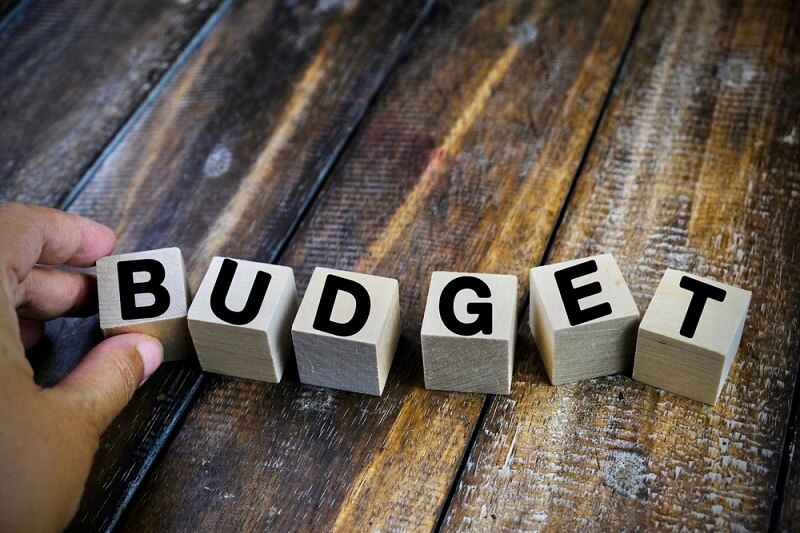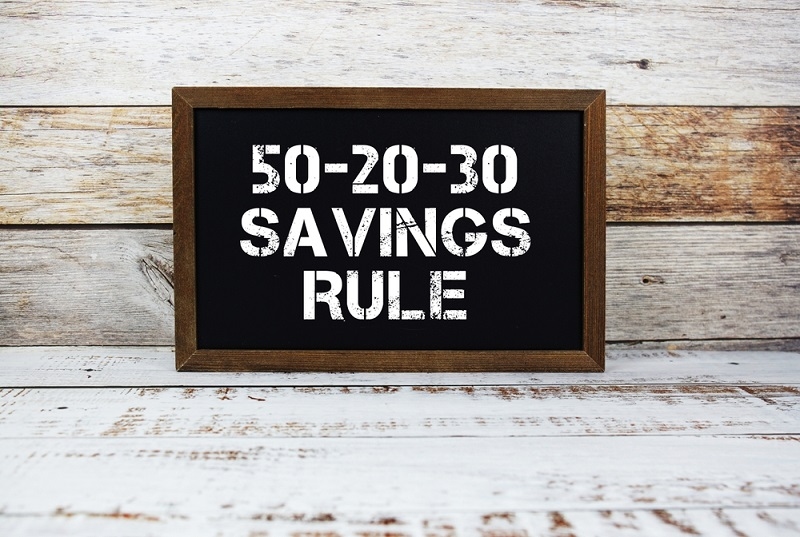
Being able to create a budget is one of the strongest money skills you can learn. Whether you're beginning your money life or wanting to get a handle on spending, budgeting provides you with clarity, focus, and peace of mind. For all those interested in beginner budgeting, this easy budgeting guide will take you through all the information — from learning about your income and expenses to discovering the necessary steps to create a budget and developing a plan that will actually work for your life.
A good personal budget not only monitors your finances; it enables you to make more intelligent financial choices, prepare for the future, and eschew debt traps. Let's discuss in detail how you can prepare a budget plan that saves you more, spends intelligently, and achieves your milestones sooner.
Learning to create a budget begins with seeing clearly where your money is coming from and where it goes. Budgeting is something that most people think limits them, but actually, it provides you with control and freedom.
Here is an easy, effective way to create a viable budget that accommodates your goals and lifestyle.
Before you begin splitting your cash into buckets, you have to have an idea of how much you're dealing with. Write down all sources of income — salary, side jobs, rental income, freelance work, or dividends. Use your after-tax take-home pay to establish a realistic basis for what you can spend each month.
Tip: If your income fluctuates month-to-month, you can use the averages from your previous 3-6 months to measure a baseline.
The second essential step to personal budgeting is to understand how you are spending your money. To better understand your spending practices, categorize your expenses in two categories:
It's easy to feel like you will merely be a nuisance by tracking every expenditure, but doing so is a staple of budgeting for newcomers. Utilizing a budgeting app or a simple spreadsheet will help with the process.
The aim is to have full control over your cash inflow.

After compiling your income and expenses, classify them into categories. Apply the 50/30/20 rule, a darling in any rudimentary budgeting manual:
This plan is flexible and still guarantees that your needs and objectives are met.
A budget isn't so much about tracking, it's about progress. Having short-term and long-term goals makes your money meaningful. Short-term goals may be to pay off a credit card bill or create a $1,000 emergency fund. Long-term goals may be to save for a house, retirement, or college.
Write down your goals, make them quantitative, and link them to your budget plan for each month. If you understand why you are saving or reducing spending, you will find it a lot simpler to remain motivated.
Now that you've categorized income, expenses, and goals, let's make a budget plan. This is where you allocate a certain amount to each category and ensure your expenses are less than your income.
You can utilize tools such as:
Keep in mind, your budget should be consistent with your lifestyle — not limit it. If eating out is a favorite pastime, set aside a specific amount for it. A good budgeting plan meets responsibility and enjoyment.
Although most individuals are aware they should budget, few actually use one. The reason is that their plan is not realistic or elastic. To ensure your plan is a success, follow these steps to create a budget that can change and grow:
Your wallet will look different — and so should your budget. Review your progress every month. Did you spend more in one area? Did you save more in another? Regular monthly check-ins keep your plan on track and working for you.
By automating savings or investment transfers, you make saving easy1. Treat your savings like a non-negotiable monthly payment.
Things happen — whether it’s an unexpected repair, medical bills, or a job change. Having a safety net for 3-6 months of expenses will help prevent financial stress and protect your monthly budget from falling apart.
You can use technology to your advantage. Budgeting tools make budgeting a simpler and visual experience. They automatically track every dollar spent, categorize expenses, and provide tips to save better.
If you have just learned how to make a budget, you’ll want to start simple. Bank statements and financial plans are often complicated, and if they become complicated, it’s easy to become frustrated, overwhelmed, and burn out. Here’s a simple budgeting guide that’s easy for beginners to follow.
Start on paper or a spreadsheet. Putting down your income, bills, and expenses is the first step and promotes accountability with your numbers.
Understanding the difference between needs and wants is probably the most important thing to know when budgeting for beginners. The needs are rigid, the wants are flexible.
If you find yourself spending more than your income, cut from the "wants" column first.
This vintage method is still just as effective. Split your cash into envelopes within each category — food, gas, entertainment, etc. When an envelope runs out of money, you quit spending in that category.
Budgeting is like fitness: consistency matters more than perfection. The more you practice, the more natural it becomes. Review your progress weekly until it becomes a habit.
A personal budget isn’t just a spreadsheet — it’s a life strategy. By making a personal budget, you gain the ability to control your financial future and eliminate guesswork from your spending habits.
Here are some higher-level strategies to make your budget adapt as you adapt financially:
A sinking fund is a savings category for recurring future expenses — holidays, birthdays, or car maintenance. Rather than scrambling when these come up, you'll already have funds available.
This mental adjustment makes saving a necessity. Set aside money for your targets before sending in the bills or paying for expenses. Wealth grows automatically over time.
Review your budget quarterly. Check for patterns: Are you saving more? Spending less on frills? Monitoring allows you to modify habits and acknowledge successes.
Budgeting doesn't have to mean deprivation. Spending "fun money" lets you live life without remorse. It keeps you motivated and avoids wasteful spending.
Even the most well-intentioned budget can go awry if you succumb to common pitfalls. As you learn to budget, steer clear of these mistakes:
Learning how to budget is not just about managing your money. A budget has its advantages.
Budgeting allows you to turn money from a stressor to a tool of empowerment.
Ultimately, it is about balance.
Learning to create a budget is the key to financial independence. By working through these steps to create a budget, you will establish routines to safeguard your income, accumulate savings, and lead you to your goals. Budgeting for beginners or budgeting to tweak your individual budget, commitment, and flexibility are the keys.
Budgeting doesn't take over your life — it sets you free. The freedom to choose, plan, and live with intention begins with a singl,e simple action: developing a budget plan that actually works for you.
This content was created by AI